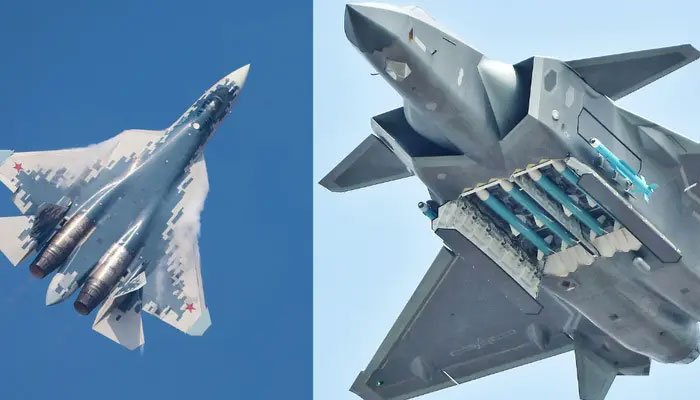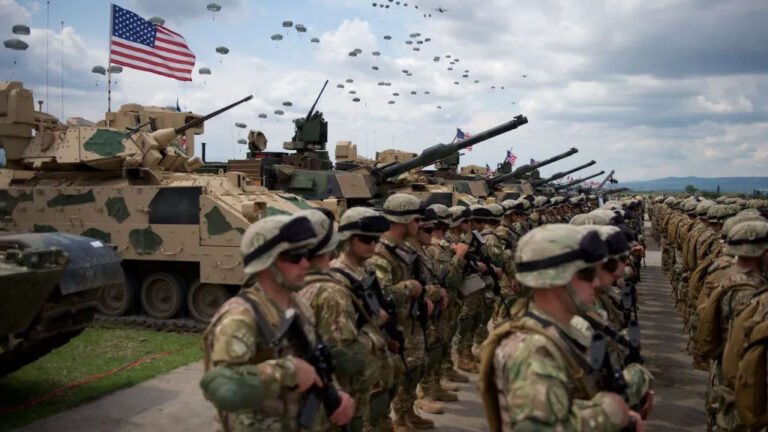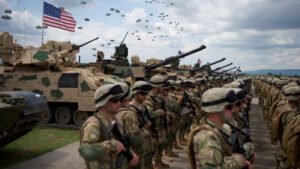J-20 vs Su-57: How China and Russia Are Redefining Air Combat. China’s Chengdu J-20 and Russia’s Sukhoi Su-57 are among the most advanced fighter jets of the fifth generation. Built for stealth, speed, and modern warfare, these aircraft are at the center of evolving air combat strategies. Despite being in the same class, their roles, capabilities, and designs reflect the distinct military doctrines and ambitions of China and Russia.
China Unveils Next-Gen Unmanned Stealth Jet in Military Display. On September 3, 2025, China showcased a dramatic leap in unmanned combat aviation.
Strategic vs Tactical Focus
The J-20 has been developed with long-range operations in mind. Its primary function is deep-strike missions and intercepting high-value enemy assets far from China’s borders. With a combat radius of around 1,200 kilometers, it can engage targets at a distance using advanced radar systems and long-range missiles. Its role is primarily strategic, acting as a deterrent and force multiplier within China’s broader defense strategy.
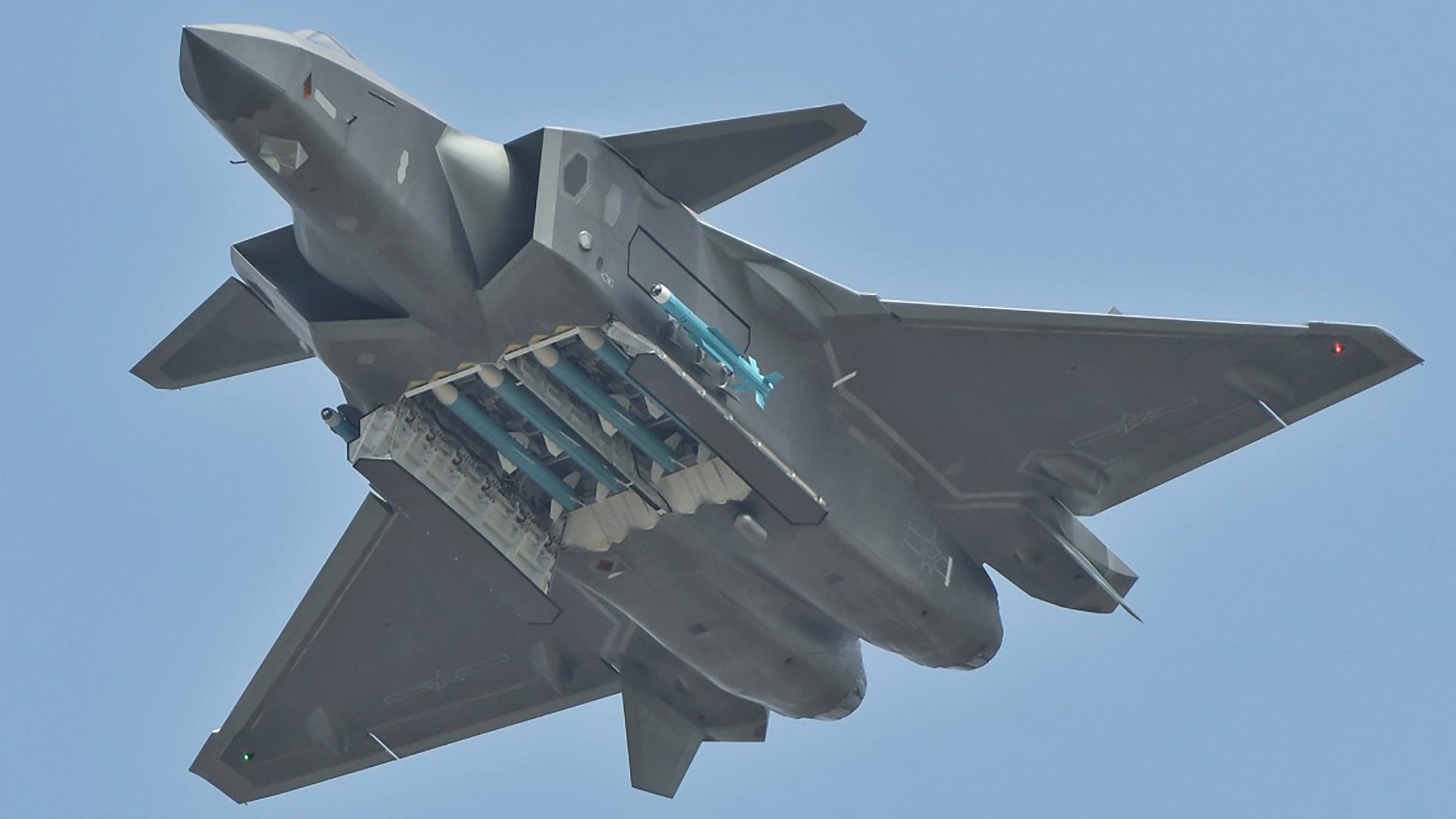
In contrast, the Su-57 is built for tactical superiority. It excels in close-range dogfights, with a focus on speed, agility, and versatility. The aircraft is suited for dynamic combat conditions, where it can engage multiple aerial and ground targets. It plays a critical role in frontline air dominance and multi-role missions within Russian air doctrine.

Stealth Capabilities
Both jets employ stealth technology, but in notably different ways. The J-20 features a design optimized for radar evasion, particularly from the front and sides. Its angular body and internal weapons bays help it remain undetected during long-range missions. This design favors engagements at greater distances where detection can mean defeat.
The Su-57, while also a stealth aircraft, makes compromises to maintain superior agility and weapons load. Its shape and engine layout make it more visible on radar, especially from certain angles. However, this trade-off allows the aircraft to carry more weapons and execute complex maneuvers during close combat. Stealth is important, but not at the cost of battlefield flexibility.
Engine Performance & Maneuverability
One of the J-20’s limitations lies in its engine performance. The aircraft currently relies on older WS-10 engines, which restrict its top speed and agility. China is actively working on the next-generation WS-15 engines to improve performance, but until then, the J-20 remains less maneuverable than its Western or Russian counterparts. Its design focuses more on powerful sensors and long-range targeting than dogfighting capability.
The Su-57 has a clear edge in engine technology. Its advanced thrust vectoring engines allow it to perform extreme aerial maneuvers, giving it an advantage in dogfights and close-quarters combat. The aircraft is also capable of supercruise, meaning it can maintain supersonic speed without using afterburners, which saves fuel and reduces infrared signature.
Combat Style & Specialization
In terms of operational use, the J-20 is specialized for high-altitude interception and long-range engagements. It is designed to neutralize enemy aircraft and surveillance systems before they pose a threat to Chinese airspace. This makes the J-20 more of a silent hunter, striking from a distance before an enemy even knows it’s there.
The Su-57, on the other hand, thrives in high-pressure combat zones. It is built to outmaneuver and overpower opponents in direct confrontations. Its agility and speed give it the upper hand in short-range battles, making it a frontline fighter that can operate across a variety of mission types, including ground attacks and electronic warfare.
Export Potential & Geopolitical Role
The J-20 remains an exclusive asset of China’s air force. Beijing has not opened the jet to foreign buyers, reinforcing its role as a domestic strategic tool. This exclusivity aligns with China’s goal of establishing technological self-reliance and military superiority in the Asia-Pacific region.
Russia’s Su-57 has had limited success in the international market, mainly due to production delays and budget constraints. Countries like India, Algeria, and the UAE have expressed interest, but large-scale exports have yet to materialize. Still, the Su-57 is central to Russia’s efforts to remain competitive in the global arms trade and maintain influence in allied air forces.
Operational Challenges & Current Limitations
The J-20, despite its impressive range and stealth, still faces challenges. Its current engines limit both its speed and maneuverability, and its electronic warfare systems are still catching up with those of Western jets like the F-35.
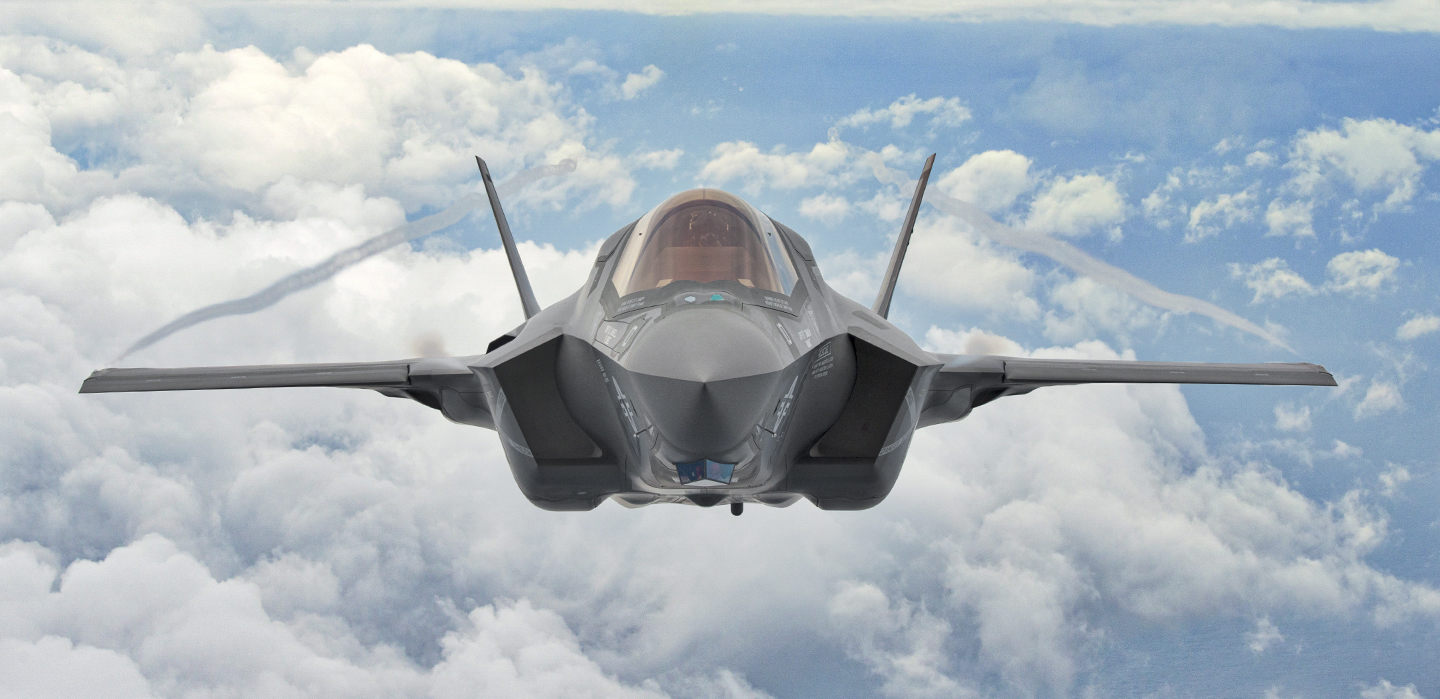
For the Su-57, the main hurdle has been production. Only a small number of combat-ready units have been delivered so far. The jet also needs more refined radar systems, upgraded avionics, and a reliable next-gen engine to fully match its Western rivals in real-world scenarios.
What Lies Ahead: The Future of Super Jets
Both China and Russia are investing in the continued evolution of their fifth-generation jets. China’s focus is on completing the development of the WS-15 engine and enhancing the J-20’s stealth and electronic capabilities. These upgrades could dramatically improve the aircraft’s performance in both strike and interception roles.
Russia is working on equipping the Su-57 with more advanced avionics, better radar systems, and artificial intelligence-driven features. The aim is to make it a highly adaptive fighter that can operate seamlessly in future battlefields, possibly alongside autonomous drones.
There is also a broader shift toward network-centric warfare. Both jets are expected to become key nodes in air combat networks, sharing real-time data with other aircraft, ground stations, and command systems.
Conclusion
The J-20 and Su-57 embody two different visions of air combat. China’s J-20 is designed to strike fast, far, and silently. It reflects a doctrine of strategic air control and long-range threat deterrence. Russia’s Su-57, meanwhile, is built for agility, versatility, and dominance in chaotic combat environments.
Neither jet has yet proven itself in full-scale warfare, but both are shaping how future conflicts may unfold. As they continue to evolve, they will play a significant role in tipping the balance of air power not only in Asia but across the global military landscape.
